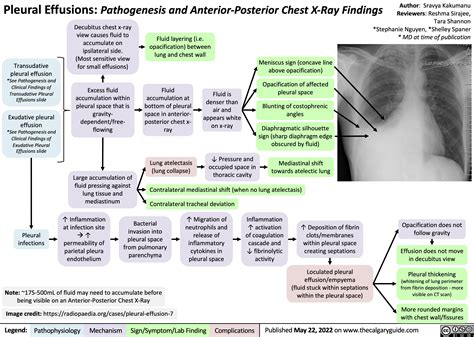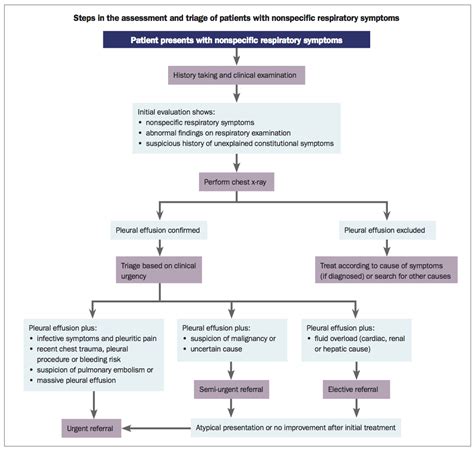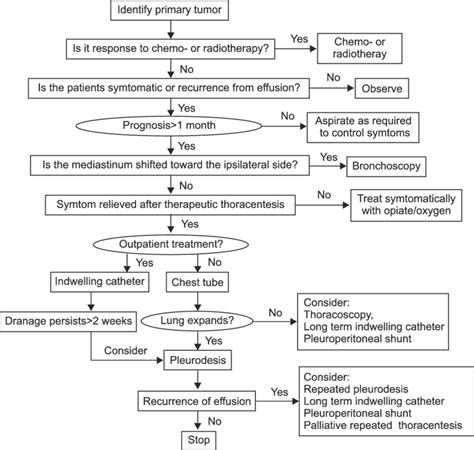Intro
Learn about Pleural Effusion, a condition where fluid accumulates in the lungs, causing respiratory issues. Discover symptoms, causes, and treatments for this serious health concern, including diagnosis and management of pleural effusion complications.
Pleural effusion is a condition characterized by the accumulation of excess fluid in the pleural space, which is the thin gap between the lungs and the chest wall. This condition can be caused by a variety of factors, including infections, injuries, and certain medical conditions. The excess fluid can put pressure on the lungs, making it difficult to breathe and potentially leading to serious complications if left untreated.
The importance of understanding pleural effusion lies in its potential to cause significant respiratory distress and its association with underlying conditions that may require immediate medical attention. By recognizing the signs and symptoms of pleural effusion, individuals can seek medical help early, which is crucial for effective management and treatment. Moreover, knowledge about pleural effusion can help in the prevention of its progression and the management of its symptoms, improving the quality of life for those affected.
Pleural effusion is more common than one might think, and its prevalence increases with age. It can affect anyone, regardless of their health status, although certain groups, such as older adults and individuals with chronic diseases, are at a higher risk. The condition can range from mild to severe, with symptoms varying from mild chest discomfort to severe respiratory distress. Understanding the causes, symptoms, diagnosis, and treatment options for pleural effusion is essential for healthcare providers and the general public alike, as it enables timely intervention and improves patient outcomes.
What is Pleural Effusion?

Pleural effusion refers to the accumulation of fluid in the pleural space. Normally, a small amount of fluid is present in this space, acting as a lubricant to reduce friction between the lungs and the chest wall during breathing. However, in pleural effusion, the amount of fluid exceeds the normal range, leading to increased pressure and potential respiratory complications. The fluid can be composed of various substances, including water, proteins, and other cellular components, depending on the underlying cause of the effusion.
Causes of Pleural Effusion
The causes of pleural effusion can be broadly categorized into transudative and exudative types, based on the nature of the fluid and the mechanism of its accumulation. Transudative pleural effusions are typically caused by systemic factors that alter the balance of fluid formation and absorption, such as heart failure, cirrhosis, and nephrotic syndrome. Exudative pleural effusions, on the other hand, result from local factors that increase vascular permeability or reduce lymphatic drainage, such as pneumonia, malignancies, and pulmonary embolism.Symptoms of Pleural Effusion

The symptoms of pleural effusion can vary widely, depending on the amount of fluid accumulated and the underlying cause. Common symptoms include:
- Shortness of breath (dyspnea)
- Chest pain that worsens with breathing (pleuritic chest pain)
- Cough
- Fatigue
- Weight loss (in cases of malignancy or chronic infection)
In severe cases, pleural effusion can lead to life-threatening complications, such as respiratory failure, which requires immediate medical intervention.
Diagnosis of Pleural Effusion
The diagnosis of pleural effusion involves a combination of clinical evaluation, imaging studies, and laboratory tests. The initial assessment includes a thorough medical history and physical examination to identify signs such as decreased breath sounds over the affected area. Imaging studies, particularly chest X-rays and computed tomography (CT) scans, are crucial for visualizing the fluid accumulation and assessing its extent. Ultrasound can also be used, especially for guiding thoracocentesis, a procedure where a needle is inserted into the pleural space to withdraw fluid for analysis.Treatment of Pleural Effusion

The treatment of pleural effusion is tailored to the underlying cause and the severity of symptoms. For transudative effusions, management focuses on addressing the systemic condition causing the fluid accumulation, such as treating heart failure or cirrhosis. Exudative effusions often require more aggressive management, including the use of antibiotics for infections, chemotherapy or radiation for malignancies, and anticoagulation for pulmonary embolism.
In addition to treating the underlying cause, symptomatic relief can be provided through thoracocentesis to remove excess fluid, and in some cases, the insertion of a chest tube or a pleural catheter for ongoing drainage. In recurrent or malignant pleural effusions, pleurodesis, a procedure that involves introducing a sclerosing agent into the pleural space to induce inflammation and adhesion of the pleura, may be performed to prevent further fluid accumulation.
Complications of Pleural Effusion
Untreated or inadequately managed pleural effusion can lead to significant complications, including: - Respiratory failure - Cardiac tamponade (in cases where the fluid accumulation compresses the heart) - Empyema (pus in the pleural space) - Fibrothorax (scarring of the pleura)Early recognition and appropriate management of pleural effusion are critical to preventing these complications and improving patient outcomes.
Prevention of Pleural Effusion

While not all cases of pleural effusion can be prevented, certain measures can reduce the risk of developing this condition. These include:
- Managing chronic conditions such as heart failure and cirrhosis effectively
- Practicing preventive measures against infections, such as vaccinations against pneumonia and influenza
- Avoiding exposure to carcinogens and minimizing the risk of malignancies
- Maintaining a healthy lifestyle, including regular physical activity, a balanced diet, and avoidance of smoking
Living with Pleural Effusion
For individuals living with pleural effusion, understanding the condition and its management is key to improving quality of life. This includes adhering to the treatment plan, monitoring for signs of complications, and making lifestyle adjustments to manage symptoms and prevent exacerbations. Support from healthcare providers, family, and friends can also play a significant role in coping with the condition.Future Directions in Pleural Effusion Management

Research into pleural effusion continues to evolve, with ongoing studies focusing on improving diagnostic techniques, developing more effective treatments, and exploring new therapeutic options. Advances in molecular biology and genetics may lead to better understanding of the underlying mechanisms of pleural effusion, potentially paving the way for targeted therapies. Additionally, innovations in medical technology, such as improved drainage systems and minimally invasive procedures, aim to enhance patient comfort and outcomes.
Conclusion and Next Steps
In conclusion, pleural effusion is a complex condition that requires a comprehensive approach to diagnosis, treatment, and management. By understanding the causes, symptoms, and treatment options for pleural effusion, individuals can take proactive steps towards managing their condition and improving their quality of life. Further research and advancements in medical science hold promise for even more effective management strategies in the future.We invite readers to share their experiences and questions about pleural effusion in the comments below. For those seeking more information or support, numerous resources are available online and through healthcare organizations. By engaging in the conversation and staying informed, we can work together to improve awareness and care for individuals affected by pleural effusion.
What are the common causes of pleural effusion?
+Pleural effusion can be caused by a variety of factors, including heart failure, pneumonia, malignancies, and pulmonary embolism. The underlying cause often determines whether the effusion is transudative or exudative.
How is pleural effusion diagnosed?
+Diagnosis involves a combination of clinical evaluation, imaging studies such as chest X-rays and CT scans, and laboratory tests, including the analysis of fluid withdrawn from the pleural space through thoracocentesis.
Can pleural effusion be prevented?
+While not all cases can be prevented, managing chronic conditions effectively, practicing preventive measures against infections, avoiding carcinogens, and maintaining a healthy lifestyle can reduce the risk of developing pleural effusion.
